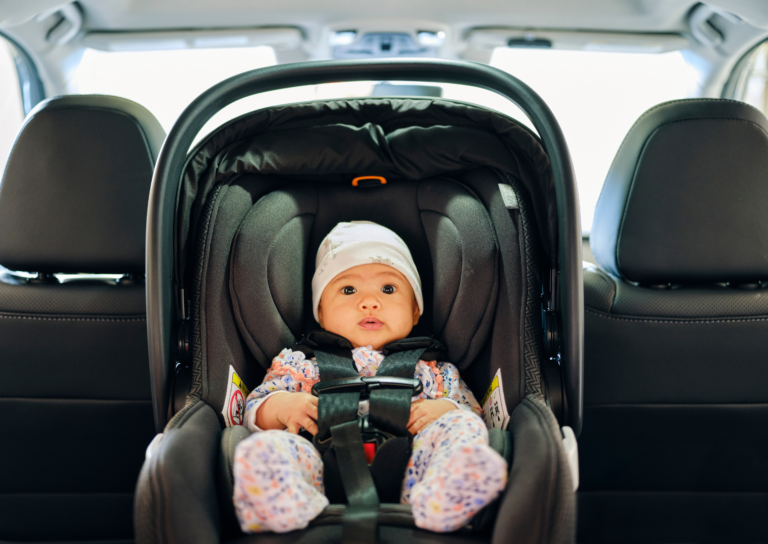
Common SUV and Carseat FAQs
The suggestions outlined in this list are founded upon the most current best practices in the United States. However, it is essential that you thoroughly peruse the owner’s manuals for both your vehicle and car seats. If the recommendations in the manuals differ from those provided here, it is crucial to follow the guidelines outlined in the manuals.
Some important safety features to look for in an SUV include blind-spot monitoring, lane departure warning, forward collision warning, automatic emergency braking, and a rearview camera.
The American Academy of Pediatrics (AAP) recommends that children ride in a rear-facing car seat until they are at least 2 years old or until they reach the highest weight or height allowed by the car seat manufacturer.
Most car seats come with detailed instructions for installation, and there are also resources available online and through local car seat inspection stations. It’s important to follow the instructions carefully and ensure that the car seat is securely installed.
The LATCH (Lower Anchors and Tethers for Children) system is a set of standard attachments on car seats and in vehicles that help parents install car seats correctly without using the seat belt.
The straps on the car seat should be properly adjusted to fit the child snugly. The chest clip should be at armpit level, and the harness should be tight enough that there is no slack in the straps.
Children should continue to ride in the back seat of the car until they are at least 13 years old. It’s not recommended for children under 13 years old to ride in the front seat.
It’s not recommended to use a second-hand car seat because it may be expired, damaged, or missing parts. It’s better to purchase a new car seat or borrow one from a trusted friend or family member.
Car seats have expiration dates and should be replaced after a certain number of years, usually between 6-10 years after the manufacture date. Additionally, car seats that have been involved in an accident may have hidden damage that makes them unsafe to use.
It depends on your family’s needs. If you have more than two children or need extra seating for carpooling, a third row may be helpful. However, it’s important to make sure the third row is safe for children and has appropriate car seat anchors.
For newborns, an infant car seat that is rear-facing is recommended. These car seats are designed for infants up to 30 or 35 pounds, depending on the model.
It’s not recommended to put a car seat in the front seat, even if the back seat is full. It’s safer for children to ride in the back seat of the car.
Convertible car seats that can be used in multiple positions are a good investment because they can be used as a rear-facing car seat for infants and as a forward-facing car seat for toddlers.
Children should use a car seat until they reach the weight or height limit of the seat. If their head is less than one inch from the top of the car seat, they have outgrown it and need to move to the next stage.
Most infant car seats require a base for installation, but some can also be.
